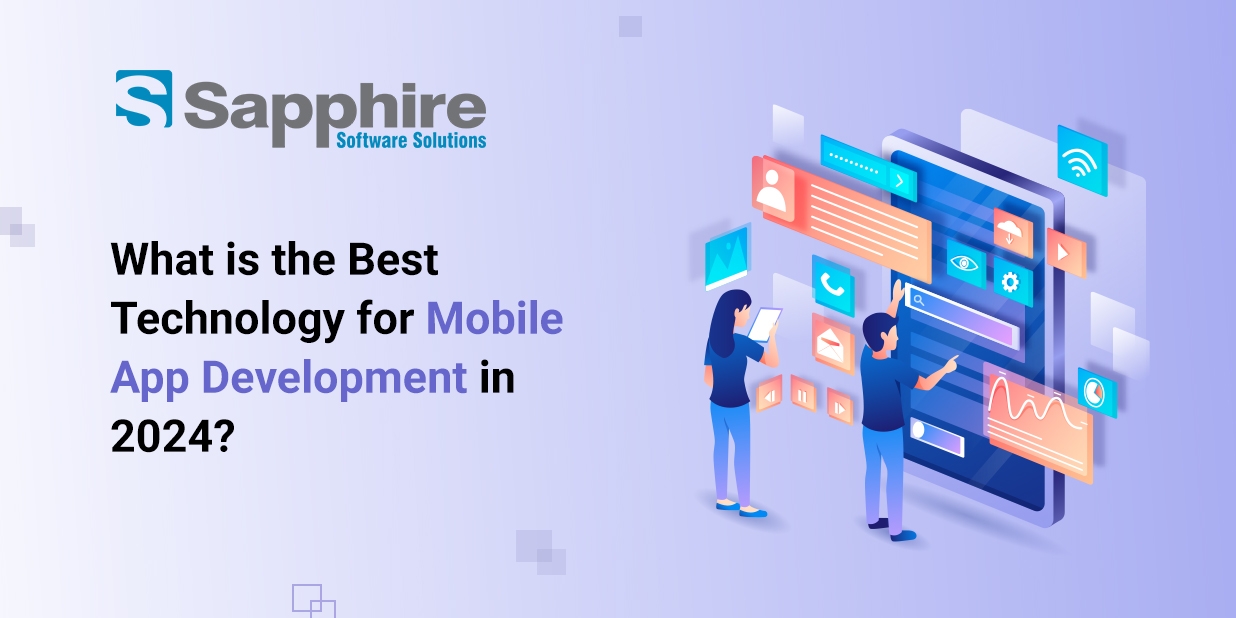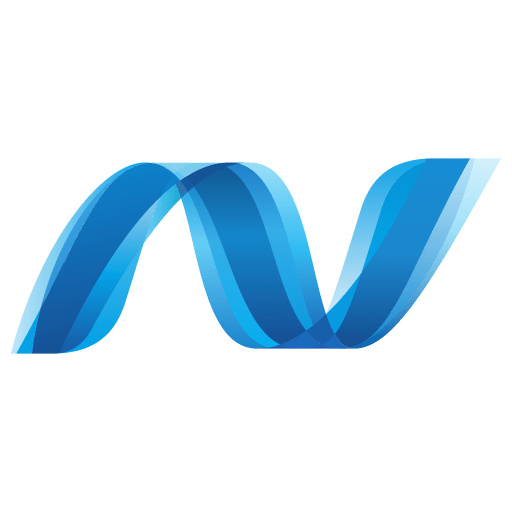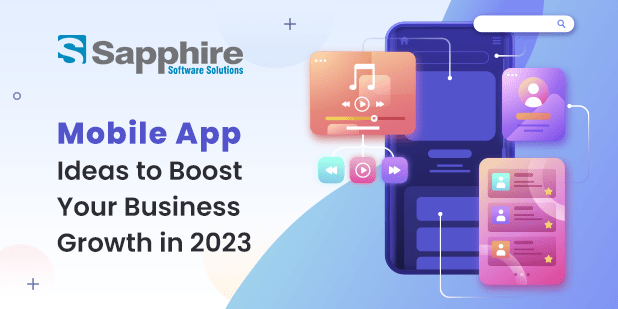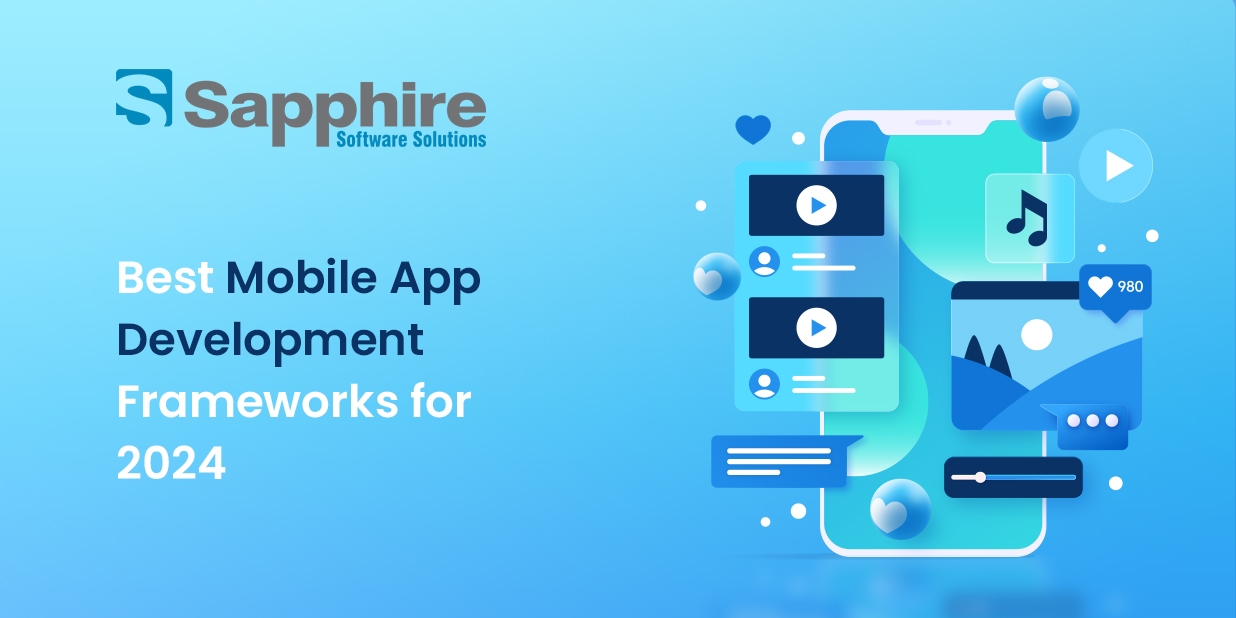1) React Native
React Native is a prominent cross-platform mobile app development framework that combines efficiency, performance, and a dynamic community. It lets developers use JavaScript and React to construct iOS and Android apps by sharing a lot of code. The framework’s modular, component-based design simplifies development and reduces time-to-market by reusing code.
React Native’s “hot-reload” functionality lets developers observe code changes without restarting the app. This makes the development process more participatory and productive. Facebook, Instagram, and other significant organizations have used React Native, proving its scalability and adaptability for large-scale apps.
Recent upgrades have improved speed and added capabilities to React Native. The Hermes JavaScript engine improves runtime efficiency, making React Native applications more responsive. The framework’s large pre-built component library and powerful third-party library ecosystem accelerate development.
React Native is suited to social networking, e-commerce, and other applications. Developers may effortlessly add platform-specific functions via its native module access. Support, knowledge sharing, and tool and library development depend on the framework’s active community.
In 2024, React Native remains a viable option for providing best mobile app development services in USA. Its familiar development model, good performance, and supportive community make it a versatile technology.
2.Flutter
Google-backed Flutter has gained popularity in mobile app development. This Dart-based UI toolkit builds natively built apps using widgets. Flutter’s main strength is its uniform and attractive user experience across platforms.
One of Flutter’s best features is hot-reload, which lets developers view changes instantaneously. A fast and interactive development cycle makes it easy to test UI changes and address bugs. Flutter’s vast library of pre-designed widgets helps create a professional and responsive user interface, improving user experience.
Flutter’s increasing community and variety of plugins and packages show its popularity. Google upgrades and improves Flutter to show its devotion. Flutter’s connectivity with developer tools like Android Studio and Visual Studio Code improves accessibility and workflow integration.
Check out – Flutter App Development Company in USA
Additionally, Flutter can create beautiful apps with excellent animations. The framework’s performance optimization and lack of a native platform bridge improve app performance.
Overall, Flutter is a solid solution for companies wanting a complete UI toolkit that offers a uniform and attractive user experience across platforms. Flutter’s fast development cycle, robust community support, and Google’s support make it the best for mobile app development 2024.
3.Swift (iOS) and Kotlin (Android)
Swift for iOS and Kotlin for Android remain essential for native mobile app development, helping to provide a smooth and natural user experience.
The iOS app development language of choice is Swift, created by Apple. Swift has improved its safety, syntax, and performance since its launch. Legacy iOS developers may easily switch to Swift due to its Objective-C compatibility.
Google officially supports Kotlin for Android development, and its conciseness, expressiveness, and Java compatibility have accelerated its popularity. Kotlin’s coroutines make asynchronous programming easier to understand and manage. It’s practical for companies transitioning from Java to Kotlin since the language is completely compatible.
Active developer communities ensure updates, upgrades, and community-driven libraries for Swift and Kotlin. Apple and Google continue to enhance these languages, adding features and tools to simplify app creation.
Apple’s declarative UI framework SwiftUI complements Swift for contemporary, interactive UIs. It streamlines UI development, encourages code sharing, and improves iOS app maintainability.
In conclusion, Swift and Kotlin are essential to native mobile app development because to their performance, platform-specific capabilities, and vibrant communities. Each language has distinct characteristics that developers may employ to build polished and platform-native user experiences.
4. Progressive Web Apps
PWAs are a promising way to combine web-like experiences with native mobile app performance and capabilities. PWAs use contemporary web technologies for offline functionality, push notifications, and responsive design.
PWAs’ cross-platform compatibility is a major benefit. PWAs leverage responsive design to provide a consistent user experience across smartphones, tablets, and computers. Organizations seeking a cost-effective way to reach a wide audience without developing web and mobile apps would appreciate this adaptability.
Service workers, a core PWA component, cache vital assets for offline use. The user can view material even without internet connectivity. Push notifications also help firms re-engage users with timely information.
Popular web frameworks like Angular, React, and Vue.js enable PWA development, letting developers use their current skills and tools. Unifying web and mobile development streamlines the process and reduces time-to-market.
PWAs are widely used since Google Chrome, Mozilla Firefox, and Microsoft Edge support them. As web technologies improve, PWAs will become more important in mobile app development.
Finally, PWAs are a flexible and cost-effective way for companies to create a seamless online and mobile user experience. Adaptable, offline, and supported by major browsers, PWAs are a strategic option for addressing various users.
5. Xamarin
Microsoft-owned Xamarin is a complete C# framework for cross-platform mobile app development. It balances code reusability with platform-specific features by letting developers exchange a lot of code between iOS and Android.
Its seamless interaction with Visual Studio and the.NET ecosystem is Xamarin’s strength. C# developers may utilize Xamarin and their talents.Forms or Xamarin.Native for platform-specific UI development provide versatility.
Xamarin.Forms streamlines development by creating a single, cross-platform user interface. However, Xamarin.Native offers platform-specific optimizations and UI customisation. Xamarin’s ability to build and maintain apps makes it a good option for businesses.
Microsoft upgrades and improves Xamarin to show its commitment. Xamarin.Essentials offers cross-platform APIs for common device functions, ensuring a uniform user experience.
Xamarin’s support for major libraries and frameworks and great integration with Azure for cloud services make it a good alternative for Microsoft-focused companies. This alignment streamlines development and deployment.
Xamarin is a solid option for companies wanting a unified cross-platform mobile app development strategy. Its connection with Microsoft technology, C# compatibility, and option between Xamarin.Forms and Xamarin.Native make it a practical solution for many projects.
6.NativeScript
NativeScript, an open-source framework for cross-platform mobile app development, provides native performance and direct platform API access. NativeScript lets web developers construct native-looking programs using JavaScript or TypeScript.
NativeScript’s direct access to native APIs lets developers use platform-specific capabilities. This creates high-performance, user-friendly apps. The framework’s native UI components improve application appearance.
NativeScript supports Angular and Vue.js, allowing developers to pick their favorite front-end framework for user interface development. This adaptability matches the trend of utilizing familiar tools and technologies, making development easier.
The framework’s hot module replacement feature lets developers monitor code changes in real time, speeding up development. NativeScript’s community releases plugins and modules to expand its features.
NativeScript stays current in the fast-changing cross-platform mobile app development industry thanks to open-source community updates. Developers seeking a mix between cross-platform efficiency and native performance should consider the framework’s native experience and compatibility for major front-end frameworks.
Finally, NativeScript attracts developers that value native performance and platform-specific functionality. Its JavaScript and TypeScript compatibility and popular front-end frameworks make it adaptable for cross-platform mobile app development.
7. Android Java
Java, a staple of Android app development, remains popular. Java is stable and well-supported, especially for Android apps and codebases, despite Kotlin’s growth.
Java’s mature environment, vast libraries, and developer community are its assets. Java is used in many Android apps, particularly those created before Kotlin. This legacy code is maintained and extended by developers worldwide.
Organizations switching from Java to Kotlin benefit from its compatibility. Android developers may progressively embrace Kotlin while keeping code compatibility since Java and Kotlin coexist.
Google-supported Android upgrades and improves the Java development environment. Android Studio, the official Android IDE, supports Java, allowing developers to use current tools for application development.
Kotlin is succinct and contemporary, but Java is still a good option for companies with large Java-based Android app investments. For Android app development, the language’s familiarity, stability, and support make it dependable.
In conclusion, Java remains important in Android app development, especially for companies with Java codebases. Its robust ecosystem, numerous libraries, and Kotlin compatibility make it a practical alternative for maintaining and expanding Android apps.
The best mobile app development technology in 2024 relies on project needs, development team skill, and industry trends. You canmobile app development in 2024 from us who constantly evaluate new tools and frameworks to remain current and make educated choices in the ever-changing technological ecosystem. Contact us now for more information!












































